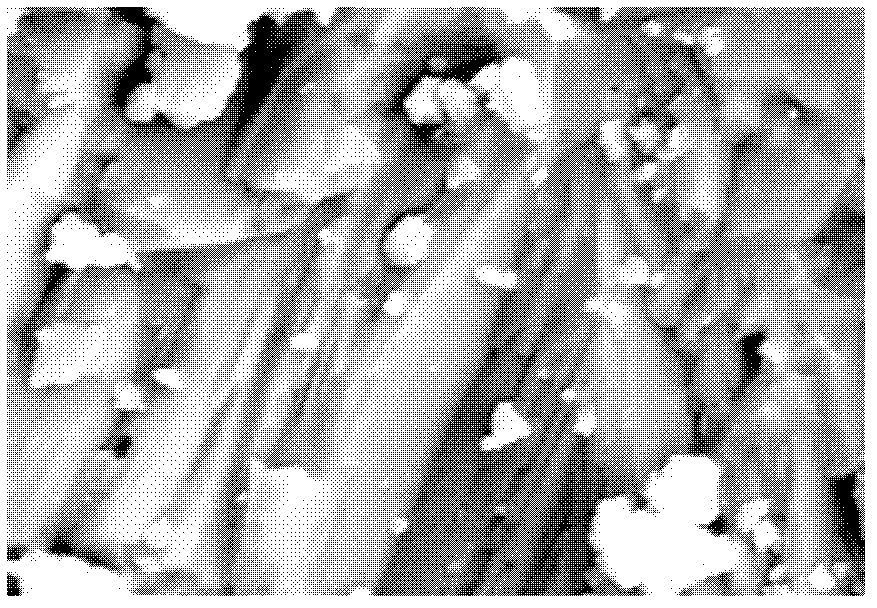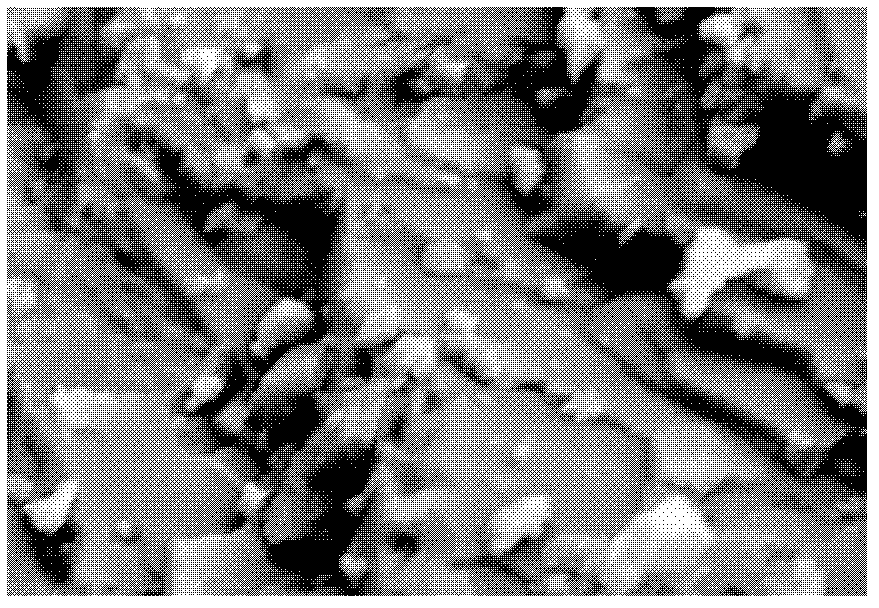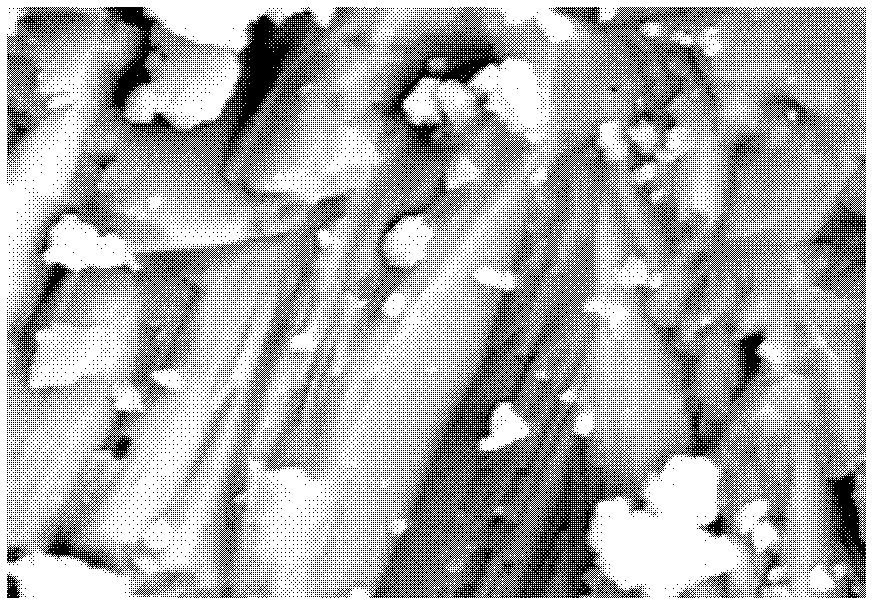Microcrystal glass prepared through microwave heating and method thereof
A glass-ceramic and microwave heating technology, which is applied in the field of glass-ceramic preparation, can solve the problems of unfavorable environmental protection, high raw material cost, energy waste, etc., and achieve the effects of superior performance, simple process, and environmental pollution
- Summary
- Abstract
- Description
- Claims
- Application Information
AI Technical Summary
Problems solved by technology
Method used
Image
Examples
specific Embodiment approach 1
[0020] Specific Embodiment 1: This embodiment provides a glass-ceramic prepared by microwave heating. This glass-ceramic consists of 50-90 parts by weight of sludge pyrolysis ash, 10-30 parts of calcium oxide, 1-20 parts Silicon dioxide and organic solvents are prepared by microwave heating.
[0021] The mass ratio of the sludge pyrolysis ash and the organic solvent described in this embodiment is 1: (1-5).
[0022] This embodiment provides a good utilization method for the wet sludge discharged from the sewage treatment plant, which is conducive to solving environmental pollution, realizing resource utilization, and reducing raw material costs;
[0023] Compared with the glass-ceramics prepared by the traditional method, the performance of the glass-ceramics prepared in this embodiment is superior, the microhardness is increased by 0.3-0.9GPa, the bending strength is increased by 4-7MPa, and the glass-ceramics prepared by the present invention has no Cracked, specular luster...
specific Embodiment approach 2
[0024] Specific embodiment 2: The difference between this embodiment and specific embodiment 1 is that the sludge pyrolysis ash is pyrolyzed by using wet sludge discharged from a sewage treatment plant under the anaerobic condition of microwave heating and then pulverized, It is made by sieving, wherein the sludge pyrolysis ash contains 45% to 50% SiO by mass fraction 2 , 15%~20%Al 2 o 3 , 2% ~ 3% MgO, 4% ~ 8% CaO, 1% ~ 3% K 2 O, 0.5%~2%Na 2 O, 0.0001%~1%TiO 2 , 5% ~ 9% Fe 2 o 3 and 5%~9%P 2 o 5 . Others are the same as in the first embodiment.
specific Embodiment approach 3
[0025] Embodiment 3: This embodiment differs from Embodiment 1 or Embodiment 2 in that: the organic solvent is ethanol, propanol, acetic acid, propionic acid, acetone, butanone, diethyl ether or propyl ether. Others are the same as in the first or second embodiment.
PUM
| Property | Measurement | Unit |
|---|---|---|
| Microhardness | aaaaa | aaaaa |
| Bending strength | aaaaa | aaaaa |
| Microhardness | aaaaa | aaaaa |
Abstract
Description
Claims
Application Information
 Login to View More
Login to View More - R&D
- Intellectual Property
- Life Sciences
- Materials
- Tech Scout
- Unparalleled Data Quality
- Higher Quality Content
- 60% Fewer Hallucinations
Browse by: Latest US Patents, China's latest patents, Technical Efficacy Thesaurus, Application Domain, Technology Topic, Popular Technical Reports.
© 2025 PatSnap. All rights reserved.Legal|Privacy policy|Modern Slavery Act Transparency Statement|Sitemap|About US| Contact US: help@patsnap.com



